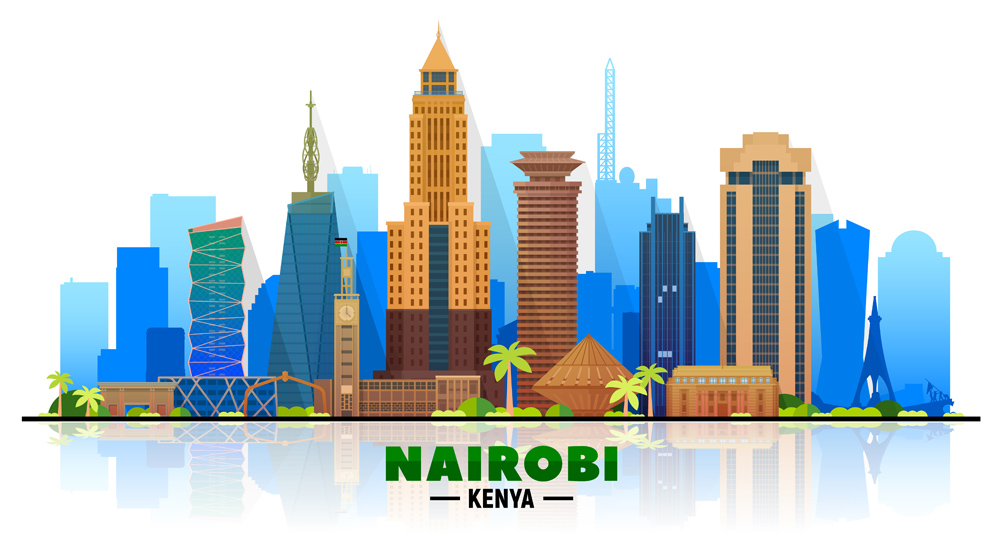About Nairobi

Nairobi, city, capital of Kenya is situated in the south-central part of the country, in the highlands at an elevation of about 5,500 feet (1,680 metres). The city lies 300 miles (480 km) northwest of Mombasa, Kenya’s major port on the Indian Ocean.
The city originated in the late 1890s as a colonial railway settlement, taking its name from a water hole known to the Maasai people as Enkare Nairobi (“Cold Water”). When the railhead arrived there in 1899, the British colonial capital of Ukamba province was transferred from Machakos (now Masaku) to the site, and in 1905 Nairobi became the capital of the British East Africa Protectorate.
Nairobi is the principal industrial centre of the country (Kenya). The railways are the largest single industrial employer. Light-manufacturing industries produce beverages, cigarettes, and processed food. Tourism is also important. The city is located near eastern Africa’s agricultural heartland, and a number of primary products are routed through Nairobi before being exported via Mombasa. Nairobi also plays an important role in the community of eastern African states; it is the headquarters of important regional railways, harbours, and airways corporations. Jomo Kenyatta International Airport, 9 miles (15 km) to the southwest of the city, is one of the chief international airports in Africa.
Nairobi is the most populous city in East Africa, with a current estimated population of about 3.5 million. This makes it the 14th largest city in Africa.
Related links:
https://nairobi.go.ke/explore-nairobi/